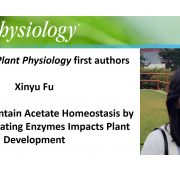
Recognizing Plant Physiology authors: Xinyu Fu
Plant Physiology, Plant Physiology: Author ProfilesXinyu Fu, first author of Failure to Maintain Acetate Homeostasis by Acetate-Activating Enzymes Impacts Plant Development
Current Position: Post-doctoral Research Associate, Plant Research Laboratory, Michigan State University
Education: Ph.D. in Plant Biology (Minor: Statistics) from Iowa State…

A novel upstream regulator of trichome development inhibitors
Plant Physiology: News and Views, ResearchMuch like the spikes that deter birds from sitting on fences, trichomes — hair like projections on the leaf surface — are the epidermis’ first line of defence, discouraging insects and other pests (Levin, 1973). In addition to their role protecting the plant, trichomes are an excellent marker to…

The Evening Complex of the Circadian Clock and Chromatin
Plant Physiology, Plant Physiology: On The InsideThe circadian clock generates endogenous biological rhythms with periods of ~24 h. Circadian transcription allows the molecular anticipation of the environmental cycles, which improves plant fitness and adaptation. Consistent with its adaptive function, the circadian clock is subject to multiple layers…
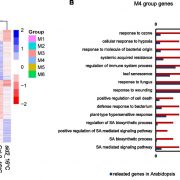
Low Temperature Enhances Plant Immunity
Plant Physiology, Plant Physiology: On The InsideAmbient temperature within the normal range of plant growth influences both pathogen virulence and host immune response. Plants rely on multilayered and multibranched immune systems to fight off pathogens. Plant immune responses are regulated by multiple plant hormones including salicylic acid (SA),…
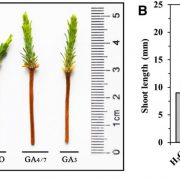
Far-Red Light and Gibberellin Signaling in Pine
Plant Physiology, Plant Physiology: On The InsideShade-intolerant plants sense surrounding light competitors and respond rapidly with shade-avoidance responses (SARs), including elongation of the stem, hypocotyl, or petiole. Far-red light (FR) is known to be an important light cue during this process. Gibberellins (GAs) are known to play an important…
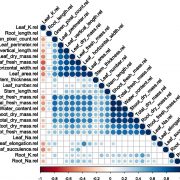
Salinity Responses of Galapagos Tomatoes
Plant Physiology, Plant Physiology: On The InsideHigh soil salinity affects the growth and development of plants, thus reducing crop yields. The wild relatives of modern crops often have adaptations to environmental stressors, and the alleles underlying these adaptations represent a rich source of genetic material that can be explored to improve environmental…
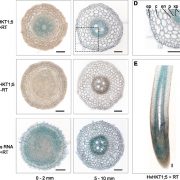
A Na+ Transporter Negatively Regulates Salt Tolerance
Plant Physiology, Plant Physiology: On The InsideAmong cereal crops, barley (Hordeum vulgare) is the most salt-tolerant species and is widely used for salt-tolerance studies. Recently, a genome-wide association study on 2,671 barley genotypes showed that single nucleotide polymorphisms from HvHKT1;5, a member of the high-affinity K+ transporter (HKT)…
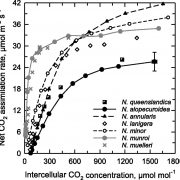
Insights into the Evolution of C4 Photosynthesis in the Grasses
Plant Physiology, Plant Physiology: On The InsideMost evidence supports the idea that the C4 photosynthetic pathway arose via a series of innovations that initially enabled plants to refix a large fraction of photorespired CO2 via the shuttling of Gly from the mesophyll (M) to a sheath of cells surrounding the vascular tissue, where the Gly is decarboxylated.…
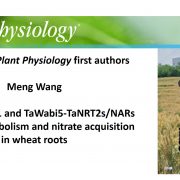
Recognizing Plant Physiology authors: Meng Wang
Plant Physiology, Plant Physiology: Author ProfilesMeng Wang, first author of TaANR1-TaBG1 and TaWabi5-TaNRT2s/NARs link ABA metabolism and nitrate acquisition in wheat roots
Current Position: Assistant Professor, Institute of Soil Science, Chinese Academy of Sciences
Education: Bachelor degree (2006-2010): Shandong University, China; Doctor degree…

